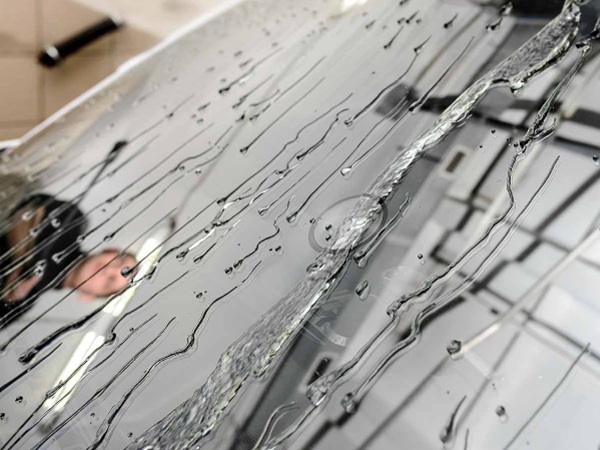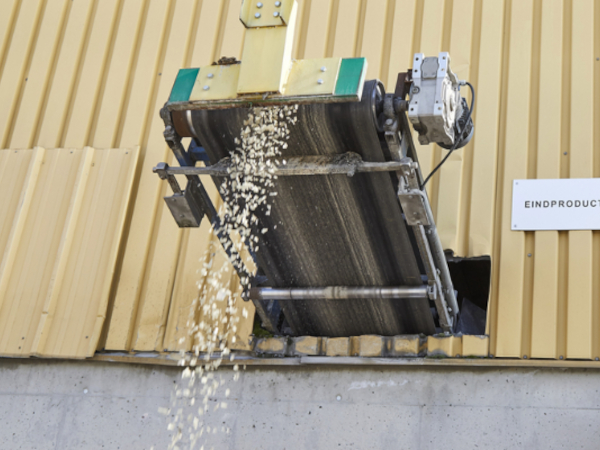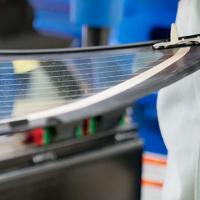Date: 12 January 2007
The electrically conductive coating uses nanotechnology to heat the windscreen across its entire surface with no wires to obstruct the view.
On cold winter mornings, a driver's vision is often blurred by moisture precipitating on the inside of the windscreen. At a particular temperature, known as the dew point, the moisture in the air condenses and forms a layer on the colder surface.
Scientists at the Fraunhofer Technology Development Group in Stuttgart are currently working on a bonding system which, in a year or two from now, could keep windshields free from condensation.
The new process warms up the windscreen, not with costly copper heating elements, but with a transparent coat of carbon lacquer, or more exactly, carbon nano tubes (CNT).
When attached to an electricity supply, the lacquer coating is transformed into a wide, flat heater which exactly covers the surface to be heated and continues to function even when damaged.
If a heated windshield containing wire heating elements is chipped by a stone, for example, and one of the wires is severed, the entire heater could cease to function because of the interruption to the current.
For the CNT heater, however, small defects in the coating are not a problem because the current flows over the whole surface. A further advantage of the 'flat' conductor is its uniform heat distribution. Every single point on the surface of the windshield is heated evenly, rather than the warmth radiating outwards from the heating elements.
Read the entire nws on the source link below.


















Add new comment